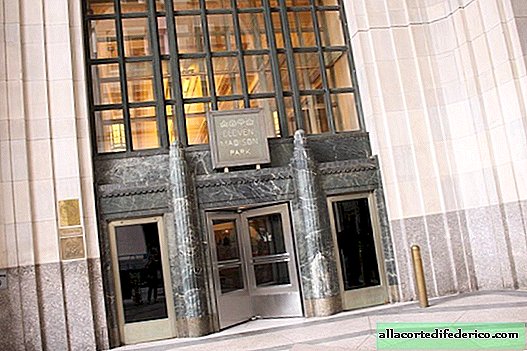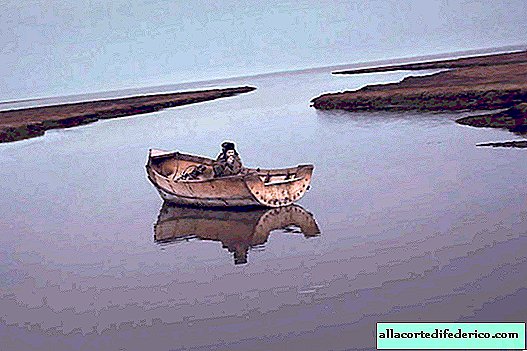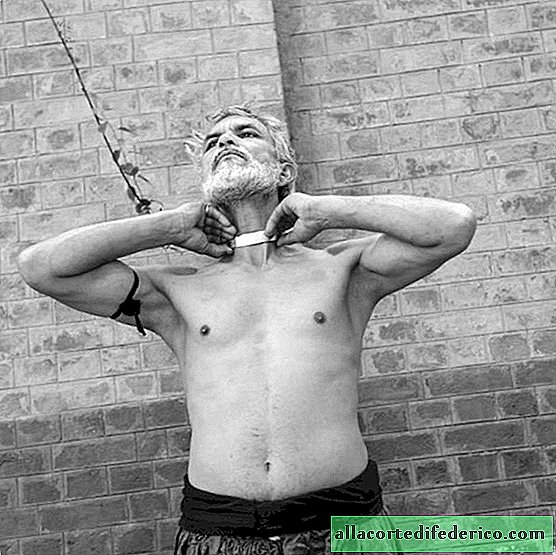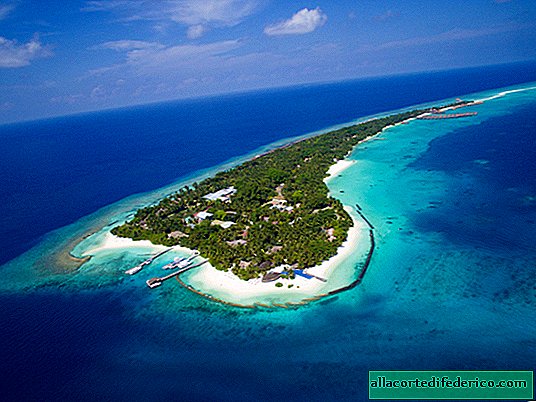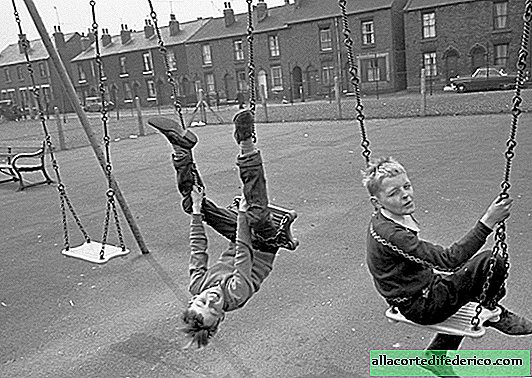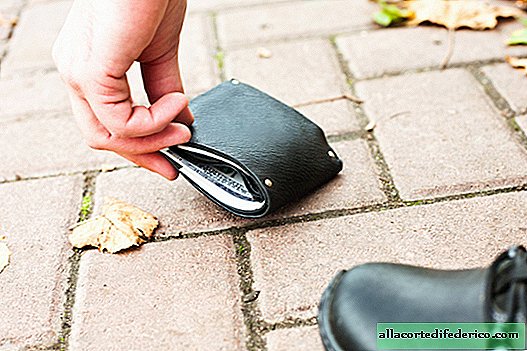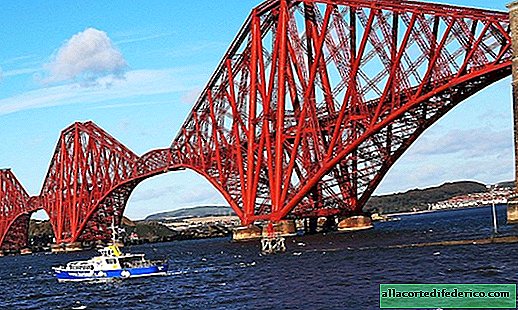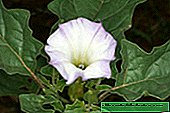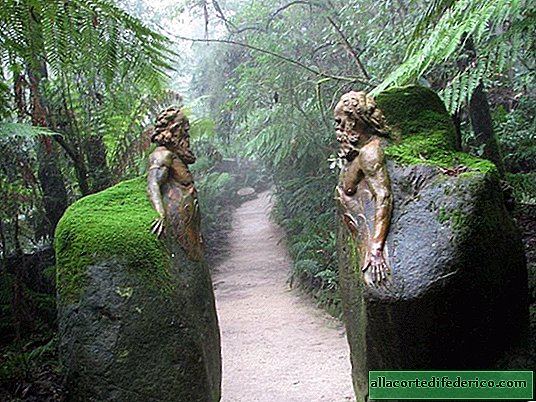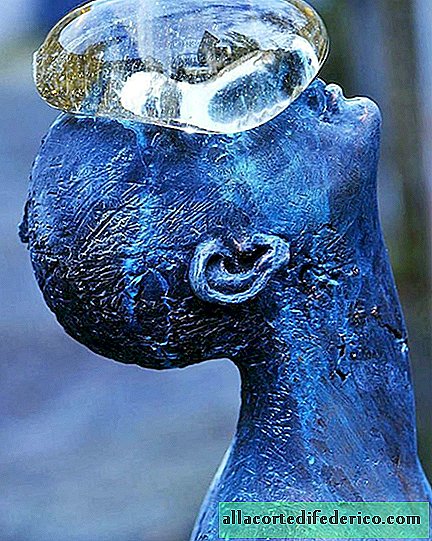How the Olkhon vole on Lake Baikal fell victim to unreasonable tourists
Lake Baikal is a very popular tourist attraction. Beautiful landscapes and the uniqueness of the lake itself attract many Russian and foreign tourists. But excessive recreational pressure on the coastal territory and the Baikal islands is already affecting the state of local ecosystems. And we are talking not only about pollution of the lake itself, but also about damage to wildlife. Excessive activity of tourists in the territory of the Baikal National Park has led to the fact that the unique species of mammals is on the verge of extinction.
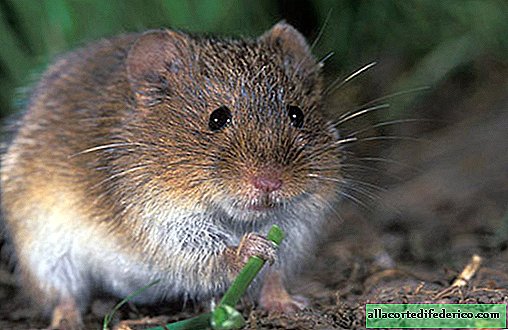
The Olkhon vole lives exclusively on the islands of Lake Baikal and in a narrow coastal strip, that is, it is endemic to this area. But in recent decades, this cute animal from the rodent squad has become very rare. Scientists studying the population of the Olkhon voles, regret that the number of this vole has greatly decreased. Where this animal was found in abundance 50 years ago, today it is not possible to detect even traces of rodents. But how could this happen in a protected natural area?

Oddly enough, but, according to scientists, one of the reasons for the disappearance of voles was the tourists, or rather their desire at all costs to build various shapes from Baikal stones. The fact is that the Olkhon vole lives exclusively in piles of stones, in open steppe areas or under the crowns of rare trees. The presence of rocky microlandscapes is a prerequisite for the successful existence of voles. Rodents build minks in them and lay passages in which they escape from predators, arrange pantries and breed. A stone embankment for voles is a whole world, its own special world, any intervention in which leads to sad consequences. Of course, tourists building stone pyramids hardly realize that by their actions they destroy the natural habitat of the Red Book endemic species.

Voles can be helped to restore their natural habitat. To this end, environmentalists and volunteers regularly dismantle the stone structures left by tourists, as well as conduct educational work among tourist guides and instructors, explaining to them all the dangers of such "religious buildings". In addition, scientists are working on breeding this species in captivity in order to release rodents in their natural habitat in the future.

Environmentalists fear that if the Olkhon vole disappears from the Baikal islands, this will have irreversible consequences for local ecosystems. They are the only species of mammals on the islands and also feed on grass, playing an important role in the process of soil formation in this rocky region. It is hard to imagine what the islands will turn into if the vole disappears, but scientists hope this will not happen.

